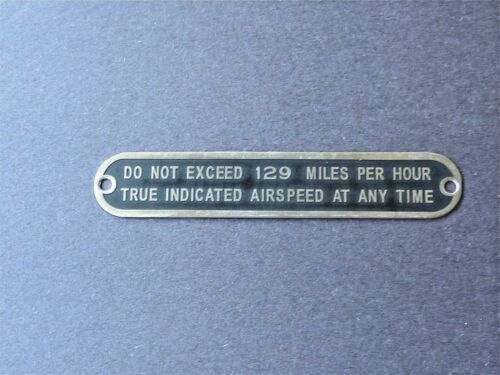sarangan
Pattern Altitude
- Joined
- Jun 7, 2008
- Messages
- 1,896
- Display Name
Display name:
Andrew, CFI-I
Most of the airplanes I have flown specify V speeds in IAS, and the green & white arcs are also in IAS. But I have come across a few older airplanes which specify these in CAS. That in itself is odd, but to add to the confusion, the published V speeds and the markings on the instrument don't always agree.
Here is one example (from a 1975 M model C-172):
white arc: 54-100 mph (CAS)
green arc: 61-145 mph (CAS)
Vs1 = 57 mph (CAS)
Vso = 49 mph (CAS)
From correction table:
flaps up, 58 mph CAS = 50 mph IAS
flaps down, 49 mph CAS = 40 mph IAS
I am scratching my head to make sense of this. The bottom of the white arc (54 mph) is not the stated full flap stall speed in CAS (which is 49 mph), nor the equivalent IAS (which is 40 mph). Similarly, the bottom of the green arc (61 mph) is not the clean stall speed in CAS (which is 57 mph) nor the equivalent IAS (which is 50 mph).
Here is one example (from a 1975 M model C-172):
white arc: 54-100 mph (CAS)
green arc: 61-145 mph (CAS)
Vs1 = 57 mph (CAS)
Vso = 49 mph (CAS)
From correction table:
flaps up, 58 mph CAS = 50 mph IAS
flaps down, 49 mph CAS = 40 mph IAS
I am scratching my head to make sense of this. The bottom of the white arc (54 mph) is not the stated full flap stall speed in CAS (which is 49 mph), nor the equivalent IAS (which is 40 mph). Similarly, the bottom of the green arc (61 mph) is not the clean stall speed in CAS (which is 57 mph) nor the equivalent IAS (which is 50 mph).

